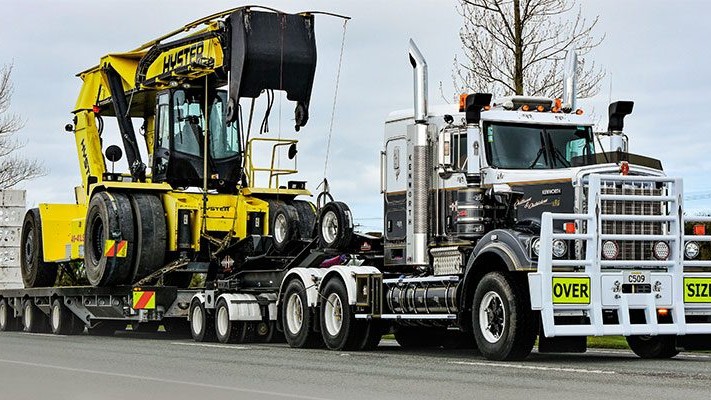
Stand on the Barkly or the Tanami roads in outback Australia, and you’re guaranteed to see Kenworth’s on- and off-highway big-boy, the C509, roll on by. Until recently, the chances of seeing one on the rural arteries of Canterbury would have been less than slim… but oh goodness, that’s all changed.
Many years ago, a well-known New Zealand retailer ran a successful advertising campaign based around an imposing man extolling the benefits of size. The catch-line was ‘Big is good!’. For the retailer, the reference pointed to the additional choice the public had from the huge stock and brand variety it held in its shops. In the transport world, ‘big’ seems part and parcel of modern life. Without a doubt, trucks have increased in physical size over the years. As a signwriter who works on trucks, I can say that 30 or 40 years ago, I could easily do most of my work from the workshop floor. But, these days, much of my time is spent traversing step ladders and scaffolding.

When it comes to physical size, you could argue Kenworth has always been right up there. Due to its large cabin/bunk area, the hugely popular K200 2.3m Aerodyne cab is still one of the most sought-after cabs for linehaul truckers. The Europeans have never quite been able to match that cab, although in terms of overall height, their cabs have increased dramatically, which enabled them to offer a flat-floor cab-over option first. It’s at the stage now where the need or even opportunity for an aero- kit on the roof is all but redundant.
However, in the bonneted world, it’s always been slugged out by the American derived-products. Kenworth has held strong, most notably with its big bonnet T series, the 904, 908 and the current 909, arguably the king of the bonneted beasts plying New Zealand’s highways and logging tracks. Regardless of application, it’s an impressive stance.


But what if you were an operator looking to replace an ageing T904, and wanted to be just that bit different? Stand out from the crowd, while retaining a familiar and trusted brand, specification, and ultimate durability? The obvious option is a T909 with the addition of a sleeper box, plenty of bling, polished everything, marker lights for Africa, and offset rims … the usual list of requirements for standing out in an ever more competitive, image-based world.
Rolleston-based House and Heavy Haulage Canterbury is owned by Michael Henderson, aka ‘Sas’, and business partner Scott Dickie. As the name suggests, the business’ work involves transporting heavy and often over dimensional loads. Relocating logging gear, tilt slab panels, and buildings are its bread and butter. Although not the realms of mega-heavy haulage as such, it requires solid gear, big horsepower, and rugged dependability.
Sas and Scott are relative newcomers to the scene, starting the business late in 2019.
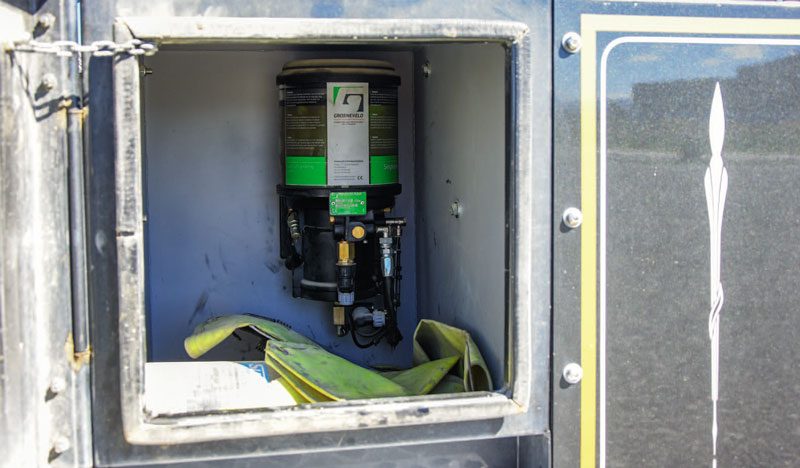
They run a tight ship; there’s just the two of them, but they call in experienced crew when required. The original T904 that got them going was backed up with Scott’s Kenworth T404 SAR, which concentrates mainly on the building relocations and tilt slab work.
Last year, Mike and Scott found themselves in just the situation mentioned above. An ageing T904, and the need to replace it. What to do?
“We like to do things a little differently,” says Mike, who had a firm idea on what the 904s replacement would be. And Southpac salesman Chris Gray had, for some time, known he’d likely be sending Kenworth’s assembly plant in Bayswater an out-of- the-ordinary order for New Zealand.
Sticking to the familiarity of the Kenworth product, and with the flexibility that heavy haulage affords in respect to tare, the obvious choice if you wanted to go ‘bigger’, beyond the T909, was Kenworth’s C509 offering.
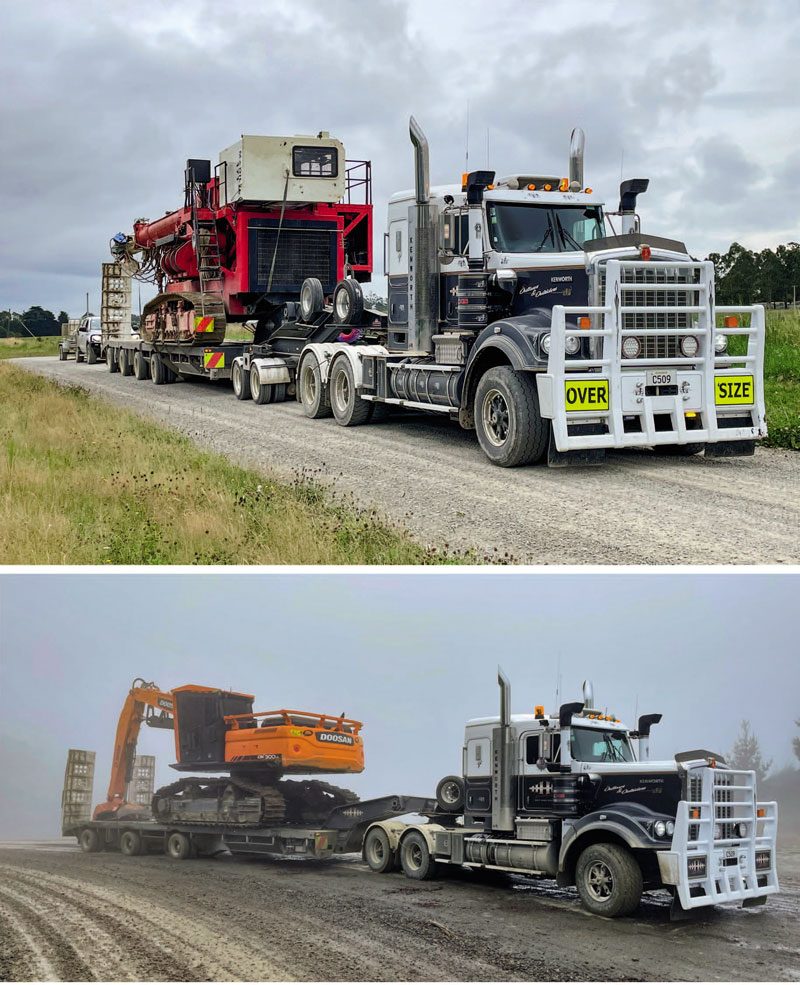
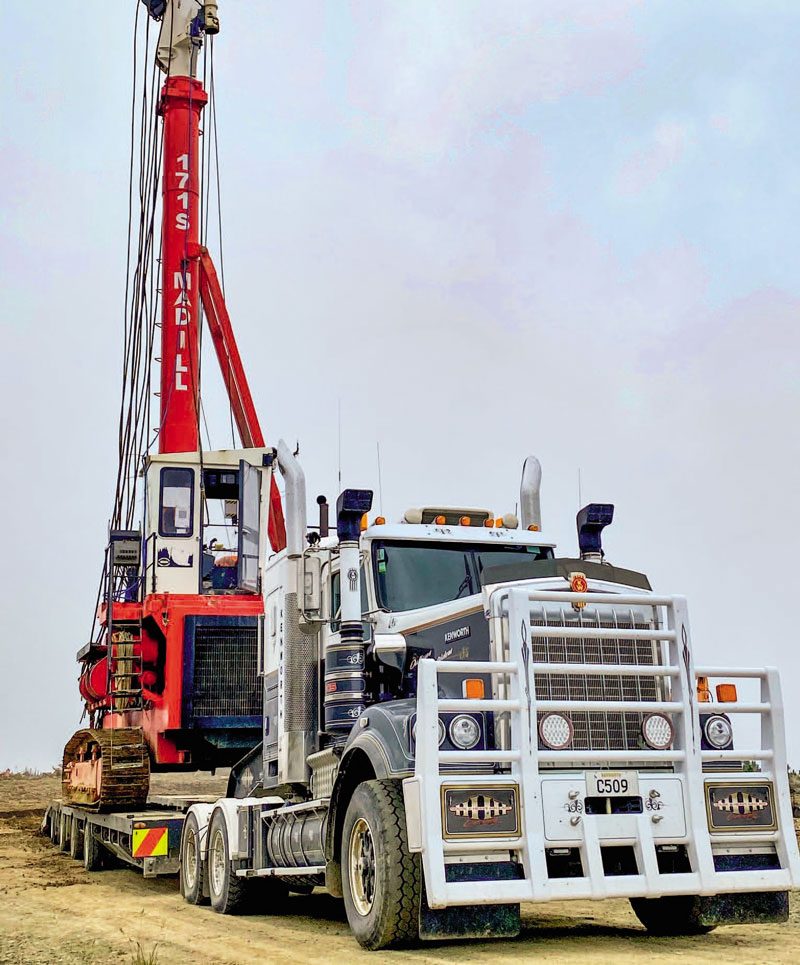
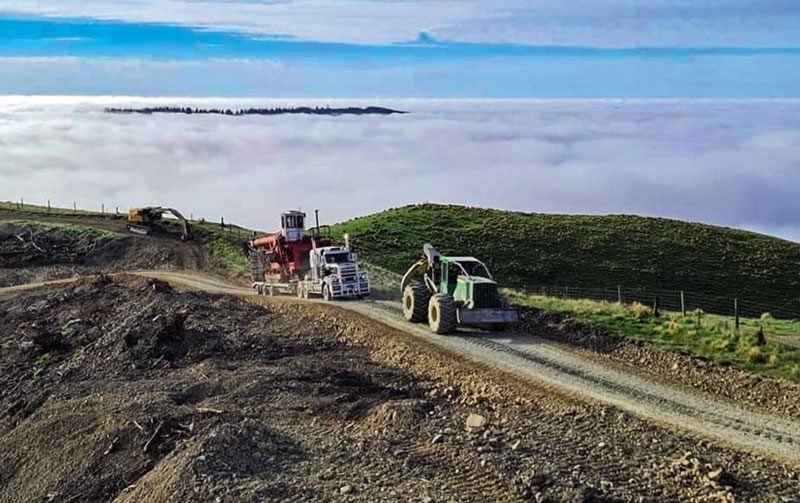
The C509 is a legend in its home of Australia. A beast of a truck – I’ve always thought of them as looking like a W Model on steroids! – found most commonly in the remote outback, in the harshest of climates, hauling triple or quad road-train units on roads that can resemble goat tracks, often servicing remote mining operations or cattle stations. A model spec’d primarily for the rigours of extreme conditions, although equally capable of cruising the blacktop. In the world of heavy haulage, it is king.
This side of the ditch, the C509 is somewhat of a rarity. Only a handful have found their way here as either second-hand heavy-haul-spec Australian units, or new, most often working in off-highway logging in the central North Island, where they are seldom seen by most.
Not unlike the ‘big is good’ man who fronted the television advertising campaign, Sas is quite an imposing bloke in stature, with an equally big grin. The C509 and Sas fit comfortably together. The C509 it was, then.
His vision for the new truck didn’t stop at just the sheer size. With his “doing things differently” philosophy, the approach has been noticeably unique. Fuel tanks, DEF tank, and all chassis toolboxes have been painted to match the chassis colour. The T904 the new truck replaced sported painted tanks, as does the SAR. It’s a look that throws back to 70s and 80s and Sas has kept the theme going on the new truck also.

There has been a conscious decision to ditch the ‘shiny’ stuff. Mike happily admits he’s no polisher.
The factory-fitted alloy bull-bar has also been given the painted look, while the tank’s steps, sun visor, and air cleaner risers are in fact powder-coated white. The durability of powder coating is so far proving to be an excellent option over paint. Factory air-cleaner barrels were stainless-finish and were replaced once the truck hit New Zealand with earlier-style painted units. That sounds relatively simple, but it was neither cheap nor an un-bolt/ bolt-on process as some modification was necessary. However, Sas was after a more traditional look for the C509, so it was all worth it.
The transformation from ex-factory to road-ready has been pretty impressive but, undoubtedly, the defining aspect of the C509 – the one specification more than likely unique for a newly registered New Zealand truck in 2022 – is the six-spoke steel artillery rims. Before the common use of 10-stud steel, and latterly alloy, wheels, the artillery or spoke rims were the go-to spec for Kenworth and trucks of its ilk. Still a factory option from Kenworth today, artillery wheels are seldom seen on highway trucks. More often they are the preserve of the road-train cattle hauliers in Australia. The look is instantly rugged and tough.
Devoid of masses of extra marker lights, everything on the truck is there for a reason. There are no stainless-steel add-on rims, just charcoal hubs and white-painted outer rims. Add a central tire inflation system, bull-bar mounted spot lights, and finally throw a RedDOT roof- mounted air conditioner on roof of the cab and integral 36” flat-roof sleeper, and you have a tractor that would look comfortably at home in the red dirt of the Aussie outback.

Under the bonnet is a Cummins X-15 rated at 459kW (615hp), running through an 18-speed Eaton Roadranger manual transmission, to Meritor RT50- 160GP drives, Neway rear suspension, with the power placed firmly in the ground on big 11R 22.5 rubber. The big Kenworth also has a Groeneveld central lubrication system to ensure those bits bearing the load get what they need.
A 90mm oscillating turntable gives the tractor a 130-tonne overall rating. Rigging and extra work were carried out by HDPS Engineering in Christchurch with Timaru Signs & Graphix putting the finishing details on the cab and chassis.
While Sas was searching for a specific look, the rugged spec is also deliberate. The primary work profile is relocating forest harvesting machinery throughout the Canterbury and South Canterbury regions. This involves some pretty serious and rugged hauls, in and out of skid sites with heavy loads, dirt tracks, hilly terrain. As a result, engine hours are often high while kilometres are relatively low. Progress can be painfully slow coming in and out of skid sites loaded, a matter of keeping the unit in second or third gear and grinding it out. The views and scenery can be impressive – it’s certainly not always for the faint-hearted! The 509 excels in such conditions, boasting improved ground clearance and cooling over a 909.
Hooked behind is an MTE three rows of eight-axle transporter with a clip- on fourth axle, and when required, an MTE two rows of eight-axle dolly. While rated for 130 tonnes, Sas says the loads wouldn’t usually exceed 72 tonnes.
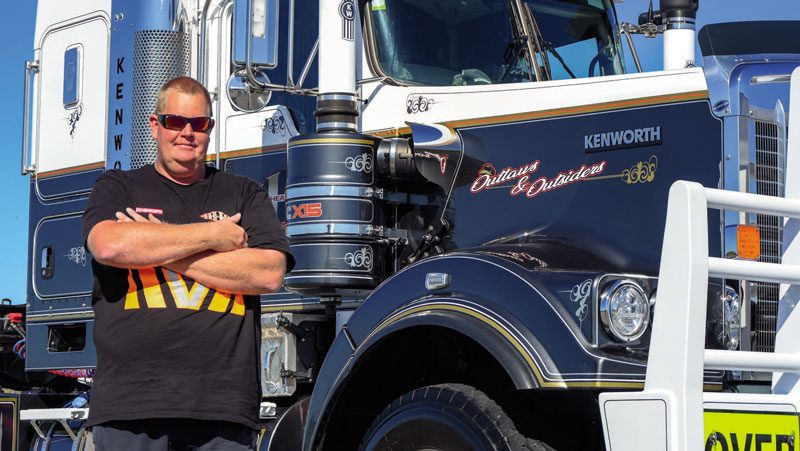
It’s work Sas loves, always a challenge and always something different. Heavy haulage isn’t new to him. As an 18-year-old, his first driving job was stock cartage with Nelson Marlborough Transport in Blenheim, firstly in a ‘flea’ truck, progressing to a V8 Mitsubishi. A stint on linehaul inter-island work with Alistair Pearson in a Freightliner Argosy followed. But most of Sas’ driving experience from 2009 onward has been with companies specialising in heavy haulage. Familiar names like B R Satherley Transport, Daniel Smith industries, Geotec, and Burnside Contracting feature on his resume.
“I guess I was a bit of a shirt collector for a while,” he laughs. “But the experience and knowledge learned were invaluable. When offers come, waving a number under your nose with new possibilities, you have to take them. The association and respect for the Kenworth product also grew from the association with these companies.”
At 40,000km and 850 engine hours, he’s still beaming. The C509 is a truck he has always wanted, spec’d exactly how he wanted it. “It’s a truck I’d keep, to be honest,” he says, and so far, it’s delivering everything he had hoped for… while looking unique. We all agree then, Big is good!
Read more
The Maher Transport Story
0 Comments5 Minutes
A nod to the past
0 Comments5 Minutes
Highway illusion
0 Comments6 Minutes





